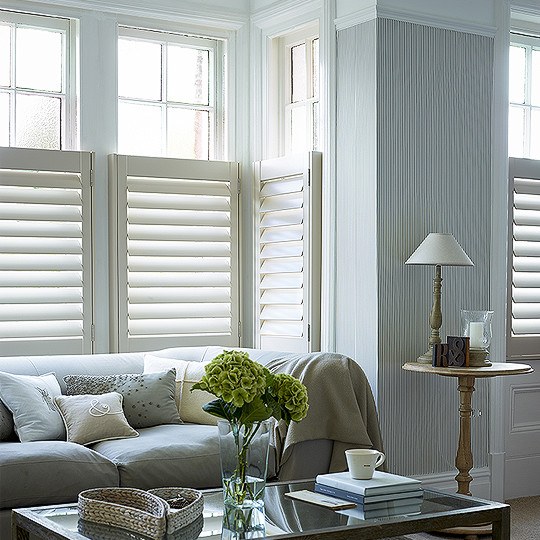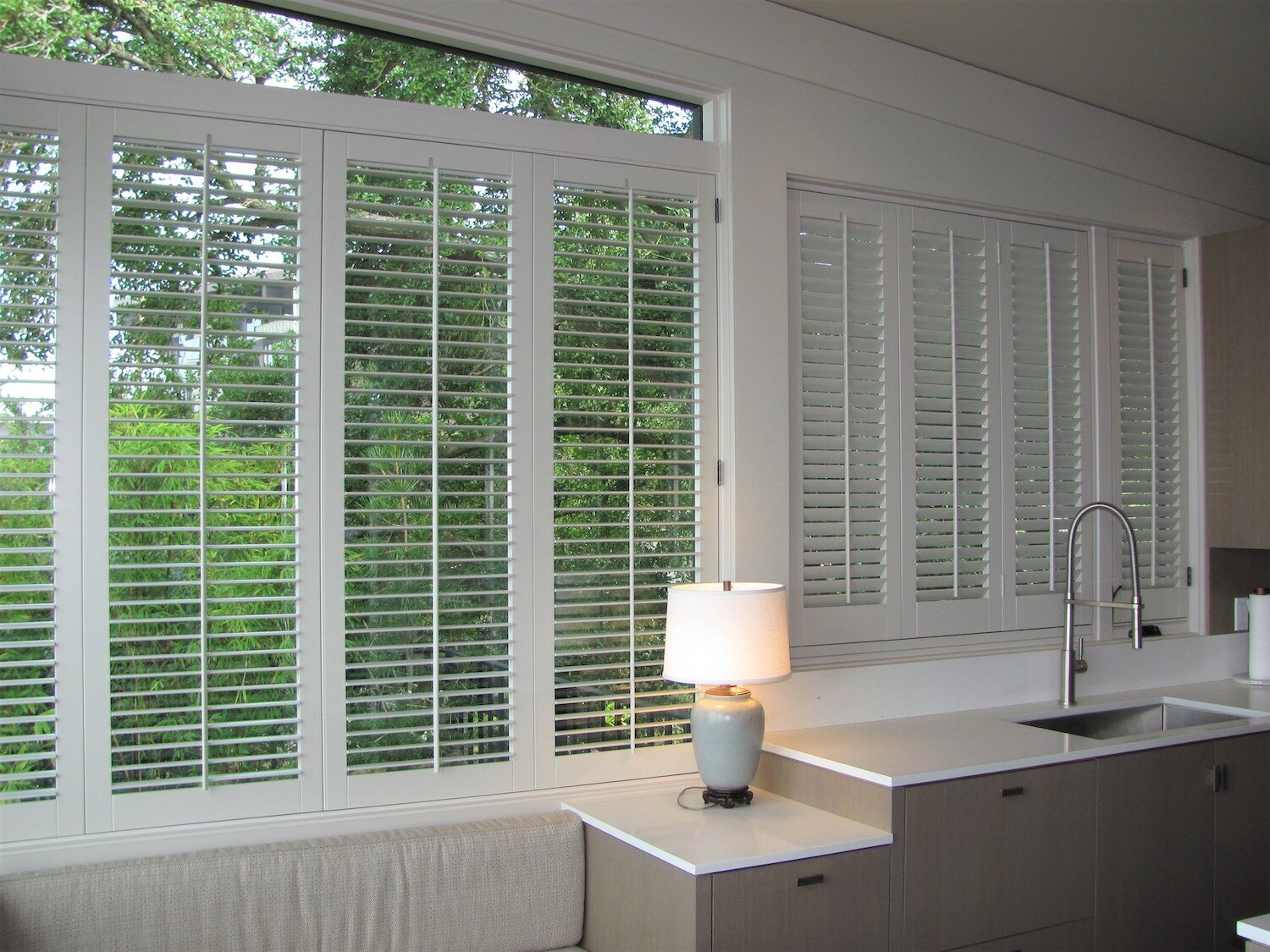Update with Shutters Phoenix: Long Lasting and Elegant Styles
Update with Shutters Phoenix: Long Lasting and Elegant Styles
Blog Article
What to Think about When Selecting In Between Blinds and Shutters for Your Windows: A Thorough Evaluation of Each Alternative's Benefits
Selecting the right window treatment is a choice that transcends plain aesthetic appeals; it encompasses capability, maintenance, and long-term financial investment. Blinds offer a affordable and adaptable service, while shutters offer unrivaled resilience and design.
Key Distinctions Between Shutters and blinds
Often, homeowners discover themselves deliberating in between shutters and blinds when choosing home window treatments. Recognizing the essential distinctions between these 2 options can dramatically influence their decision-making procedure.
Blinds are normally made from products such as timber, artificial wood, aluminum, or plastic. They include upright or straight slats that can be readjusted to manage light and privacy. The flexibility of blinds enables a variety of shades, dimensions, and styles, making them ideal for different space looks. Blinds are often a lot more economical, appealing to budget-conscious property owners.
In comparison, shutters are solid window treatments that can be custom-fitted to the home window frame. They are generally built from durable materials like timber or composite, providing an extra permanent and durable service. Shutters supply better insulation and can improve the total energy effectiveness of a home. In addition, they frequently need even more maintenance and financial investment compared to blinds because of their building and construction and installation complexity.

Advantages of Blinds
Blinds supply a practical and versatile solution for property owners seeking efficient window therapies. Among the main benefits of blinds is their adaptability to numerous designs and choices. Offered in numerous products such as timber, fake timber, light weight aluminum, and fabric, they can match any type of interior decoration scheme. Additionally, their wide variety of structures and colors allows for personalization to match existing style.
Another substantial advantage of blinds is their simplicity of procedure. Numerous modern-day blinds included user-friendly devices, including cordless options and motorized systems, making them accessible for every ages. This convenience is boosted by their capability to give accurate light control, allowing property owners to quickly adjust the level of sunlight getting in a space.
Blinds likewise provide outstanding personal privacy choices, as they can be completely opened up, partially tilted, or completely closed, depending on the preferred degree of seclusion. They are generally extra affordable than shutters, offering an affordable remedy without giving up design or capability. Upkeep is straightforward, as a lot of blinds can be cleansed with a simple wipe-down, ensuring that they continue to be an eye-catching function in any home for years to come.
Advantages of Shutters
Shutters present a distinctive collection of benefits that make them an appealing selection for property owners looking for stylish and long lasting window therapies. One of the primary benefits of shutters is their phenomenal toughness - shutters phoenix. Created from robust materials such as wood, plastic, or composite, they are developed to withstand the examination of time and withstand damages from UV rays, dampness, and temperature variations

Shutters additionally provide enhanced privacy and light control. Home owners can quickly readjust the slats to attain the wanted level of brightness while preserving personal privacy from the outside. Unlike blinds, which may droop or flex in time, shutters keep their shape and performance.
Additionally, shutters can raise the value of a building (window shades phoenix). Their classic visual and longevity interest possible purchasers, making them a rewarding financial investment. In recap, the toughness, energy performance, privacy control, and possibility for enhanced residential property value make shutters an engaging choice for home window treatments
Visual Factors To Consider
When selecting home window therapies, aesthetic factors to consider play a vital role in improving the general design and setting of an area. Both shutters and blinds supply distinct visual attributes that can match numerous indoor designs, from modern to conventional.
Blinds commonly offer a streamlined, minimalist look, quickly window shades phoenix readily available in a range of materials and colors. This convenience allows homeowners to work with blinds with existing decoration, developing a unified appearance. Their upright or horizontal slats can add a contemporary side, making them suitable for urban settings.
In contrast, shutters show a traditional sophistication that boosts traditional and rustic insides. Their solid framework and adjustable surfaces, such as timber spots or painted alternatives, evoke a sense of timelessness. Shutters can work as a declaration piece, attracting interest to the home window while using an upscale aesthetic.
Eventually, the choice in between blinds and shutters should show not only individual design however also the preferred ambience of the space. By thoroughly taking into consideration just how each alternative aligns with the overall style vision, homeowners can visit our website successfully boost their room's visual appeal, making certain a harmonious and welcoming environment.
Expense and Maintenance Variables
Cost and maintenance are critical aspects to think about when selecting between blinds and shutters for home window treatments. Blinds are usually more economical, with a large array of alternatives available at various price factors.
On the other hand, shutters tend to bring a greater initial expense as a result of their customized production and durable building. This investment might yield lasting cost savings, as shutters are frequently a lot more resilient and call for less regular replacement. They also use remarkable insulation, possibly reducing energy expenses in time.
Maintenance plays a significant duty in the total price of window treatments. Blinds usually require normal dusting and occasional washing, while shutters can be wiped down with a moist towel for cleansing, making them easier to preserve. Furthermore, shutters are less vulnerable to damage from UV rays and moisture, adding to their longevity. Ultimately, the choice between shutters and blinds must balance both first investment and ongoing upkeep needs to ensure a satisfactory roi.
Verdict

Blinds present a versatile and cost-effective option, while shutters provide unrivaled toughness and design.Cost and upkeep are critical aspects to think about when picking in between blinds and shutters for window therapies. Blinds usually call for normal cleaning and occasional cleaning, while shutters can be cleaned down with a damp towel for cleaning, making them easier to maintain. Inevitably, the choice in between blinds and shutters must balance both initial financial investment and ongoing upkeep requires to guarantee an acceptable return on financial investment.
In summary, the decision between blinds and shutters pivots on various factors, consisting of product structure, layout adaptability, and expense.
Report this page